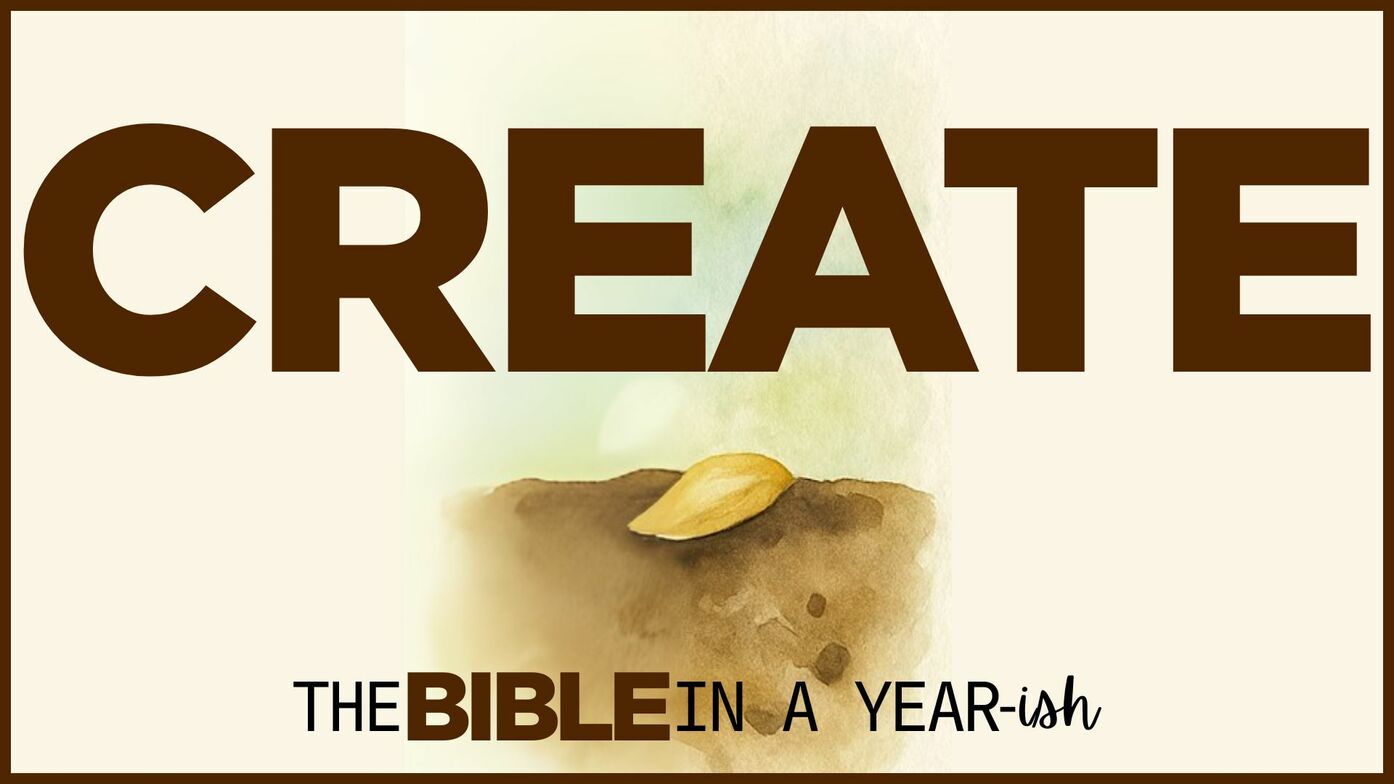
Summary
This sermon offers an introduction to their year-long Bible reading program, emphasizing the transformative power of Scripture rather than mere intellectual study. The pastor encourages the congregation to engage deeply with the Bible, using a specific chronological study Bible to follow along with readings that span the entire biblical narrative. The goal is spiritual transformation—allowing God’s Word to shape believers’ lives and inspire questions about faith, love, worship, and daily living.
The sermon begins with practical instructions on how to use the Bible reading guide and dispels confusion regarding repeated readings by explaining the pacing and intention behind them. The pastor stresses that the Bible is a living document meant to be marked up, meditated on, and integrated into everyday life.
Using the opening verses of Genesis, the message explores the Hebrew word “yom” (day), highlighting that it may not always mean a literal 24-hour day but rather a broader period or season of creation. The sermon points out the spiritual nature of creation, referencing the Hebrew phrase "tohu wavhu" (formless and void) to describe the chaotic state before God brought order.
A key theological theme emerges: God creates and restores despite human rebellion. The sermon reflects on humanity’s tendency to rebel against God’s ways, yet God continually offers restoration, grace, mercy, and hope. This cycle of creation, rebellion, and restoration is a recurring narrative in Scripture and in the lives of believers.
The pastor also delves into the mysterious biblical reference to the Nephilim—giant beings mentioned in Genesis and Numbers—introducing the concept of a spiritual realm that interacts with the physical world. This spiritual worldview is foundational to understanding Scripture, acknowledging unseen forces at work. The sermon urges believers to recognize the ongoing spiritual battle and the protective presence of God and His angels, especially within the church community.
The message concludes with a call to embrace this spiritual perspective, remain steadfast amidst challenges, and rely on God’s restoring power. The pastor leads a comprehensive prayer for the church, community, leaders, and those suffering, emphasizing the church’s mission to proclaim peace, hope, and light in a world marked by rebellion and brokenness.
Key Insights
- Structured Bible Reading as Spiritual Discipline:** The use of a chronological study Bible and a flexible reading schedule underscores the importance of intentional, paced engagement with Scripture. This approach respects human fallibility (missed days) and encourages persistence, fostering a deeper relationship with the biblical narrative rather than a rushed intellectual exercise.
- Psalm 1 as a Model for Spiritual Growth: Psalm 1’s imagery of a tree planted by streams of water symbolizes the believer who delights in God’s law and meditates on it day and night. This metaphor captures the essence of spiritual nourishment and fruitfulness that the sermon aspires for its congregation—encouraging regular, reflective engagement with Scripture as a source of life and stability.
- The Flexibility of “Yom” in Genesis: The Hebrew word “yom” challenges literalist interpretations of the creation timeline by encompassing various lengths of time, including seasons and lifetimes. This linguistic insight opens the door for readers to appreciate the biblical creation narrative as a theological and poetic account rather than a strict scientific chronology, emphasizing God’s ordering of chaos over rigid time frames.
- Creation as Order from Chaos (Tohu Wavhu): The phrase “tohu wavhu” depicts the pre-creation state as formless and void, highlighting the transformative power of God’s creative word. This concept invites believers to see God’s work not only in the cosmos but also in their personal lives—bringing order and purpose out of chaos and confusion.
- Biblical Narrative of Creation, Rebellion, and Restoration: The sermon presents a concise theological framework: God initiates creation, humans rebel, and God restores. This repetitive pattern characterizes much of Scripture and human experience, revealing God’s relentless grace and commitment despite human failings. It reassures believers that rebellion is expected but restoration is guaranteed.
- The Nephilim and the Spiritual Worldview: Addressing the enigmatic Nephilim passages introduces listeners to the Bible’s assumption of a real spiritual realm interacting with the physical. This insight challenges modern readers to expand their worldview beyond empirical evidence and acknowledge spiritual realities, such as angels, demons, and unseen forces influencing human history and daily life.
- The Spiritual Battle and God’s Protection: The sermon emphasizes that believers live amidst a spiritual battle, not just against visible enemies but against “principalities and powers” (Ephesians 6:12). This worldview fosters vigilance, dependence on God’s Spirit, and trust in His protective presence—especially within the church community—offering peace and hope amid adversity.

